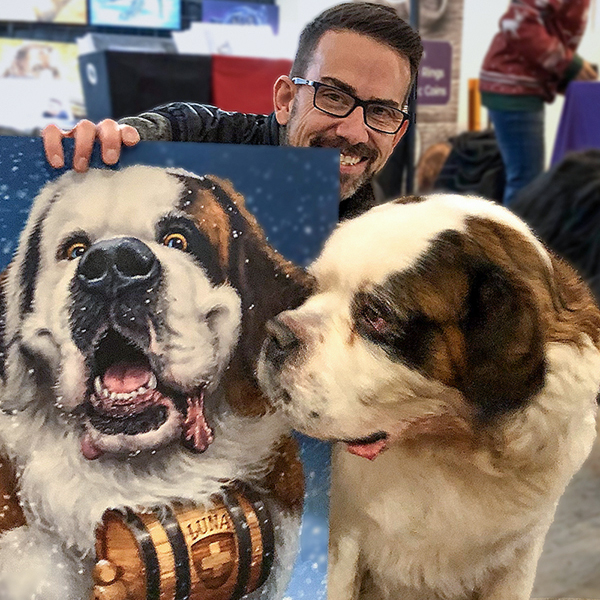
The first weekend of the Banff Christmas Market is over, and I am pleasantly surprised by how well it went. It was well organized, my booth location is ideal, and sales were phenomenal.
The Calgary Expo in April has long been an important event for me. It’s a fun show, and I enjoy it. But, including the Wednesday setup, it’s five very long days, and I’m usually wiped at the end. However, It’s often my biggest single payday of the year, so the effort is worth it.
Shonna texted me Sunday asking how things were going, and I replied, “These are Expo numbers.”
From revenue alone, I did better than Expo 2019 this weekend, and that was an excellent year. But sales figures for different venues are sometimes apples and oranges. With Expo, I must pay for a hotel for four nights, parking, electricity for my lights, and dining out. My booth for a four-day Expo also costs more than twice what this four-day weekend cost for the Banff Christmas Market.
For anyone considering these kinds of shows for your own business or side hustle, your expenses directly affect how successful a market really is—location matters. Banff is only a 25-minute commute, something many Canmore residents do for work every day.
Factoring in the significant reduction in expenses makes this past weekend the best sales I’ve ever had anywhere, including Expo. And I’ve got three more weekends to go, though the rest are three days, not four. Winter arrived on Monday with more snow in the forecast this week, so that might affect attendance, but I remain cautiously optimistic.
Hey, that’s a big step for me.
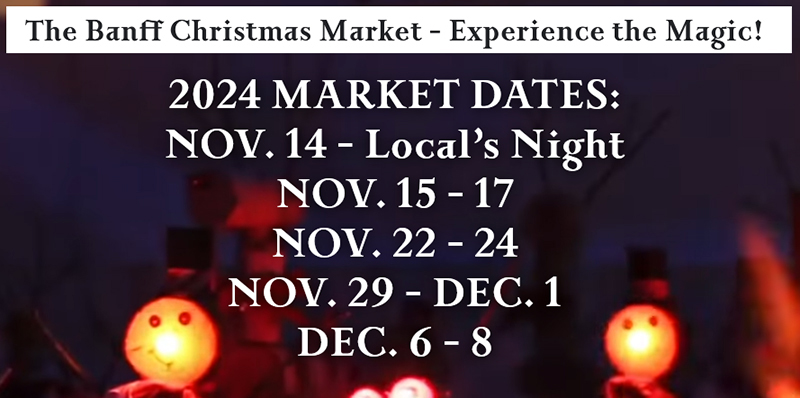 If things continue this way, the stock I ordered for all four weeks will be just about right, aside from two exceptions. I will likely sell out of calendars before the final weekend, and given that I can’t sell them online while the postal strike is on, I won’t order more. Once they’re gone, they’re gone.
If things continue this way, the stock I ordered for all four weeks will be just about right, aside from two exceptions. I will likely sell out of calendars before the final weekend, and given that I can’t sell them online while the postal strike is on, I won’t order more. Once they’re gone, they’re gone.
However, the biggest surprise with this show is that some bestselling prints didn’t perform as well as they usually do, but other designs took up the slack. I keep detailed sales records, so when all four weekends are done, I’ll have a better idea if this is an anomaly or an overall difference with this audience at this venue.
Some advice for prospective vendors. Keep track of everything! You won’t remember a year down the road, and your sales records will inform your ordering choices.
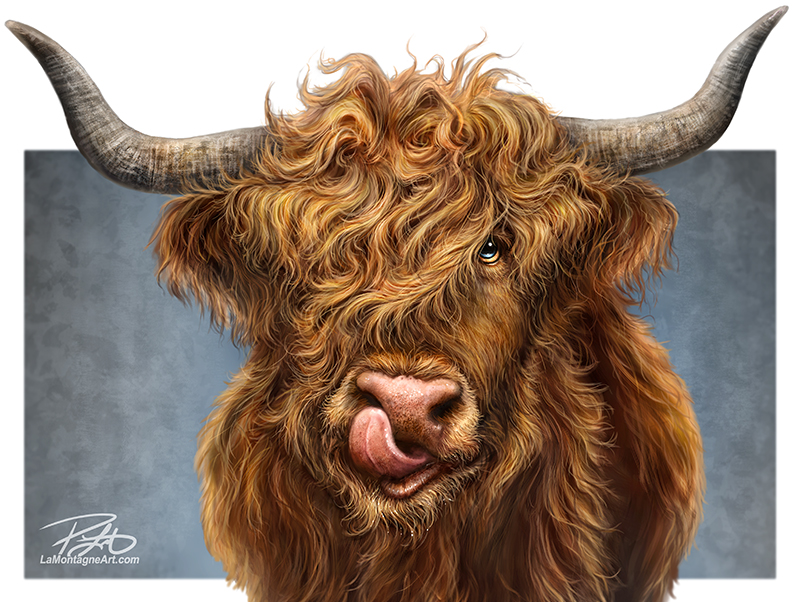
By a considerable margin, this show’s bestseller has been my Highland Cow painting. I ordered what I thought would be enough for four weekends, but I will easily sell out by this coming Saturday. I have a long history and excellent relationship with Art Ink Print in Victoria, and as I wrote this post, they let me know that a rush order of Highland Cow prints are on the way by courier. So, even if I sell out of them this weekend, I’ll have new stock for the following two.
One of the best parts of this show is that it’s dog-friendly. I regularly come out from behind my table to meet four-legged attendees, as do other vendors.
A happy surprise this weekend is that former commission clients Jeremy and Jenny brought their two big dogs, Luna and Sally with them from Calgary for a weekend in Banff. I saw them at Expo this year, but I haven’t seen Luna since I delivered her painting a couple of years ago; it was a real treat. Since I have her painting on display in my booth as an example of my custom paintings, I took the opportunity for a picture.
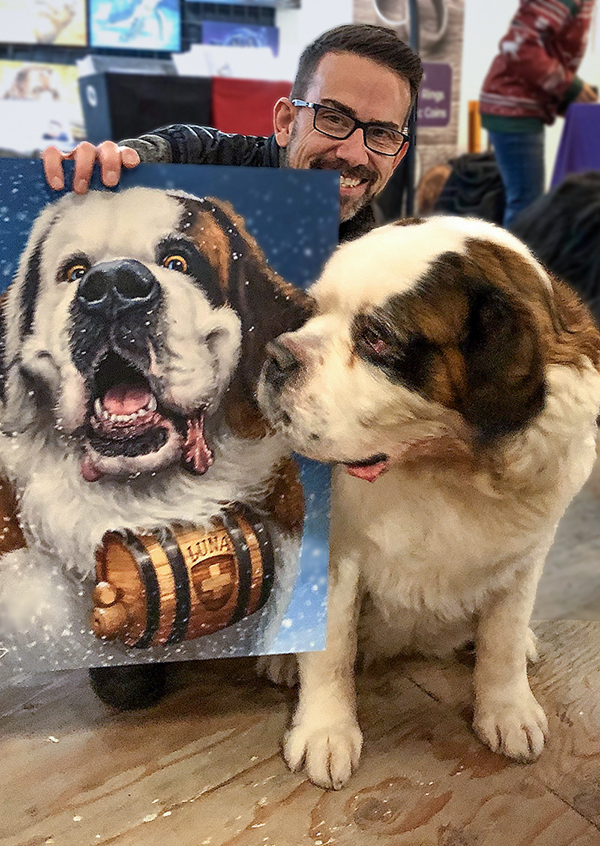
It’s not a great photo, but you get the idea. Her expression did not disappoint.
An especially nice feature of this market was being able to bring replacement stock each day. On Sunday, instead of having to tear it all down and pack it home, I spent twenty minutes taking inventory, covered the booth and left, knowing it’ll be secure all week. This Friday, all I need to do is show up, put a few things back in place, and I’m ready for another weekend.
I hope to see more of you over the next three weeks at the Banff Christmas Market. I’m in the Banff Train Station building, sharing the grounds with 150 other vendors selling exciting and interesting things. It’s a festive atmosphere with cozy outdoor fires, food and drink, surrounded by some of the most beautiful scenery on the planet.



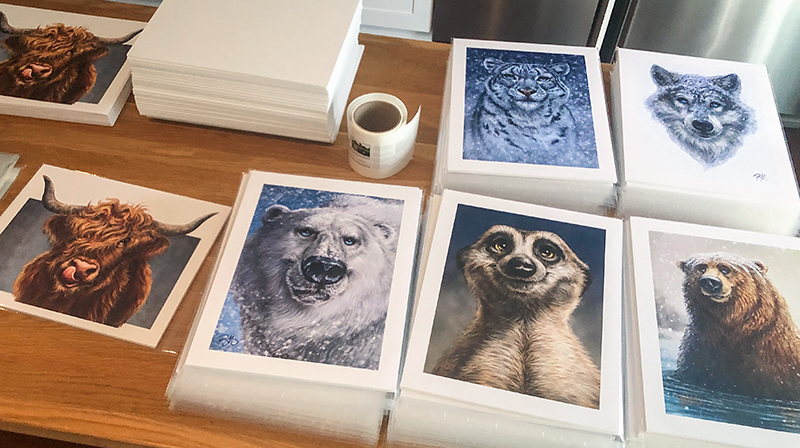
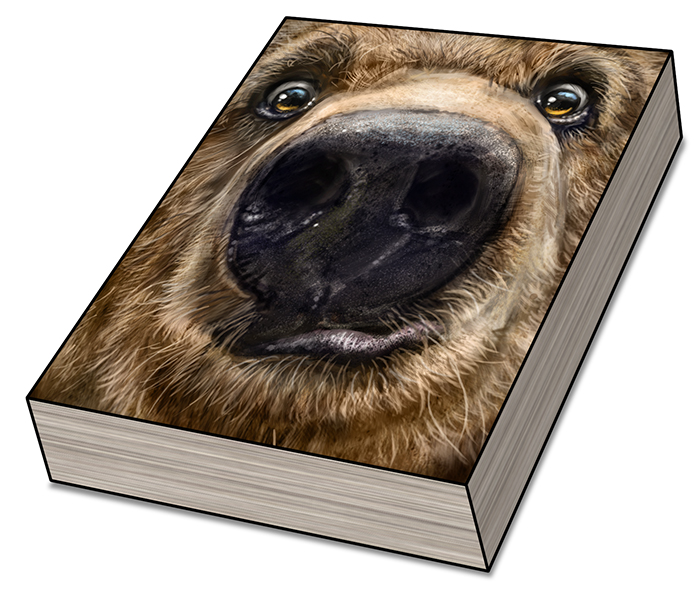
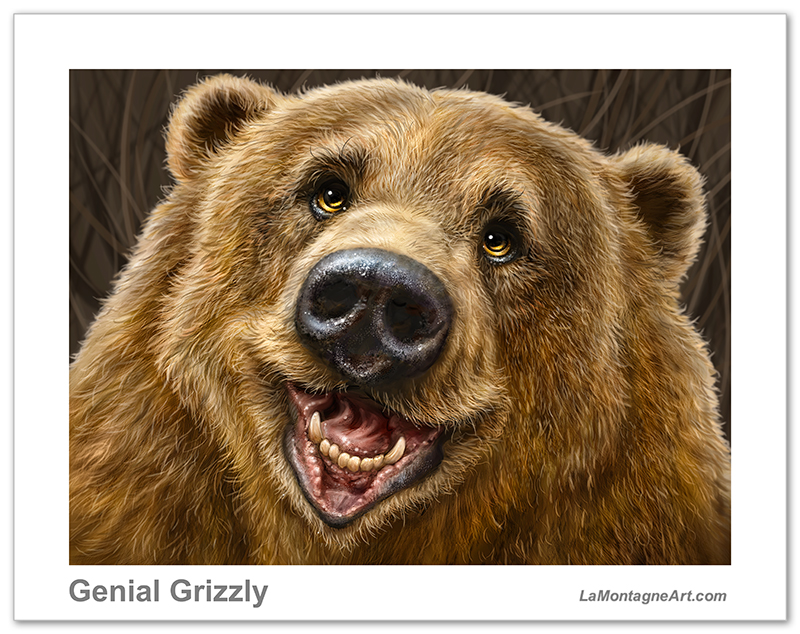
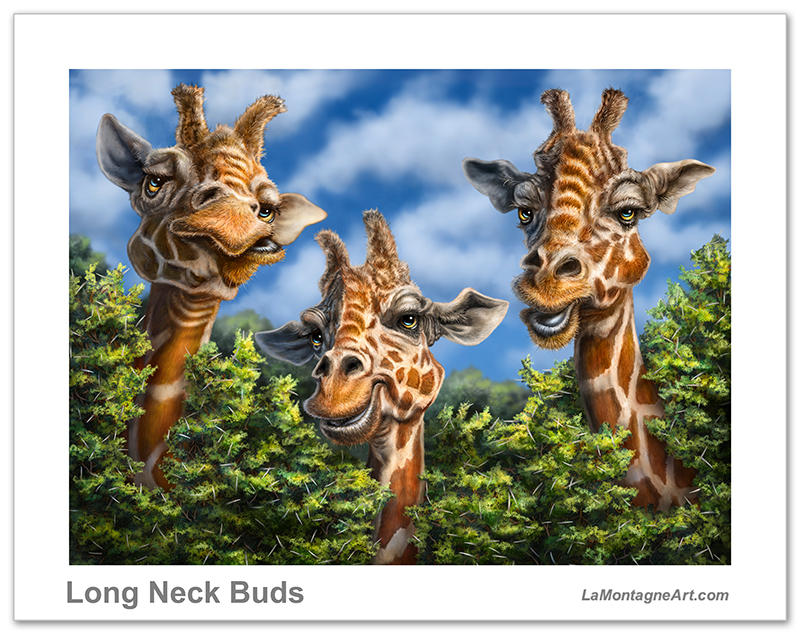
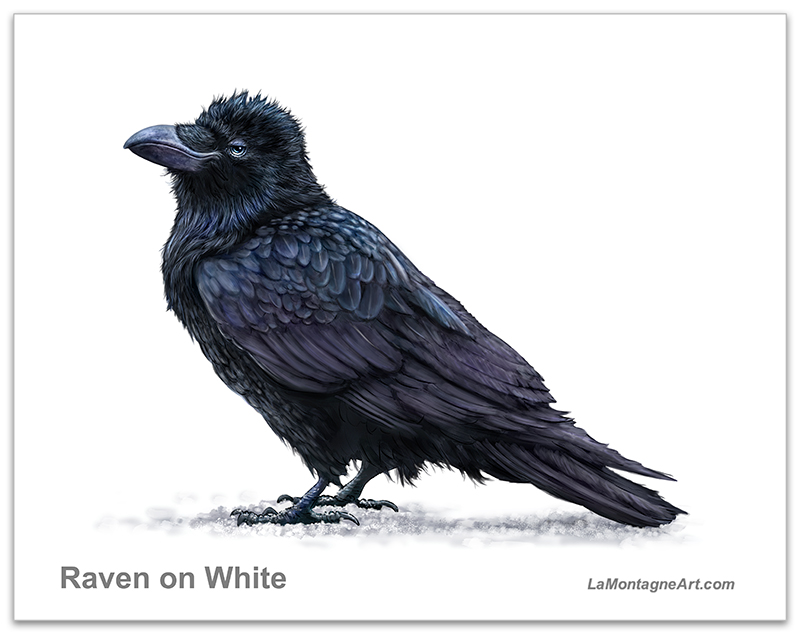

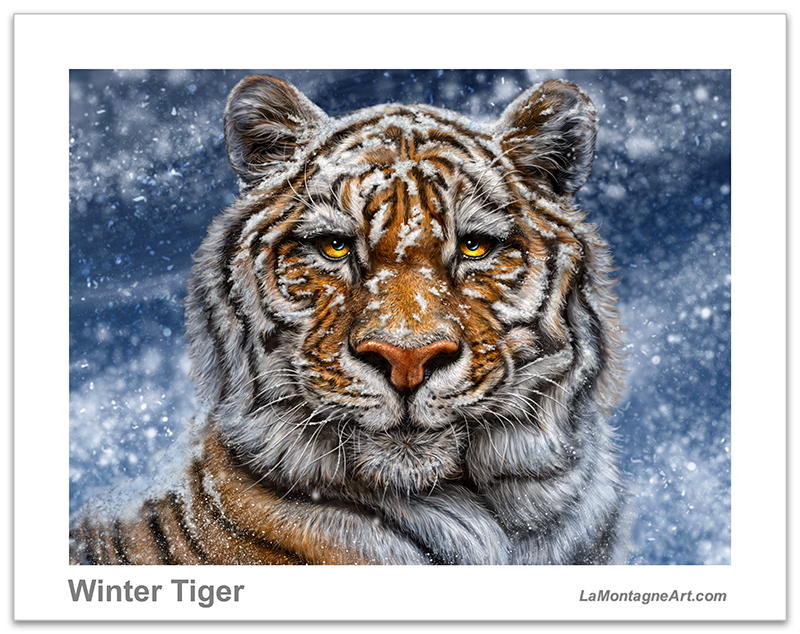
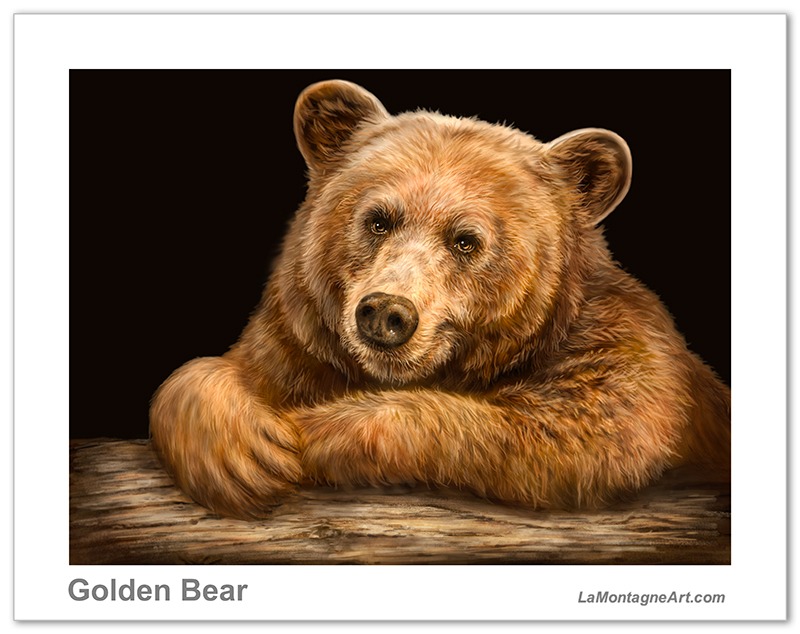
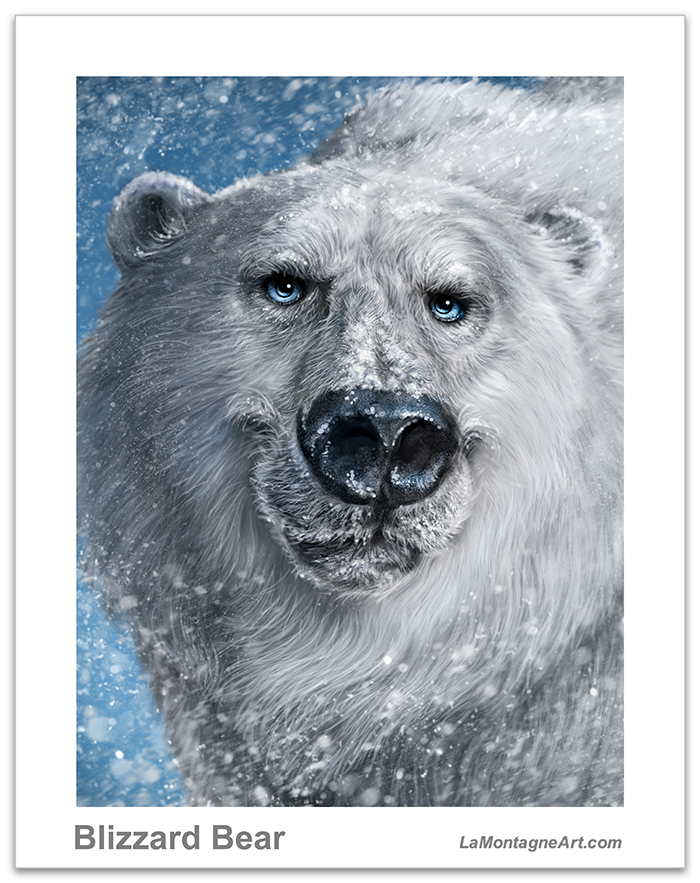
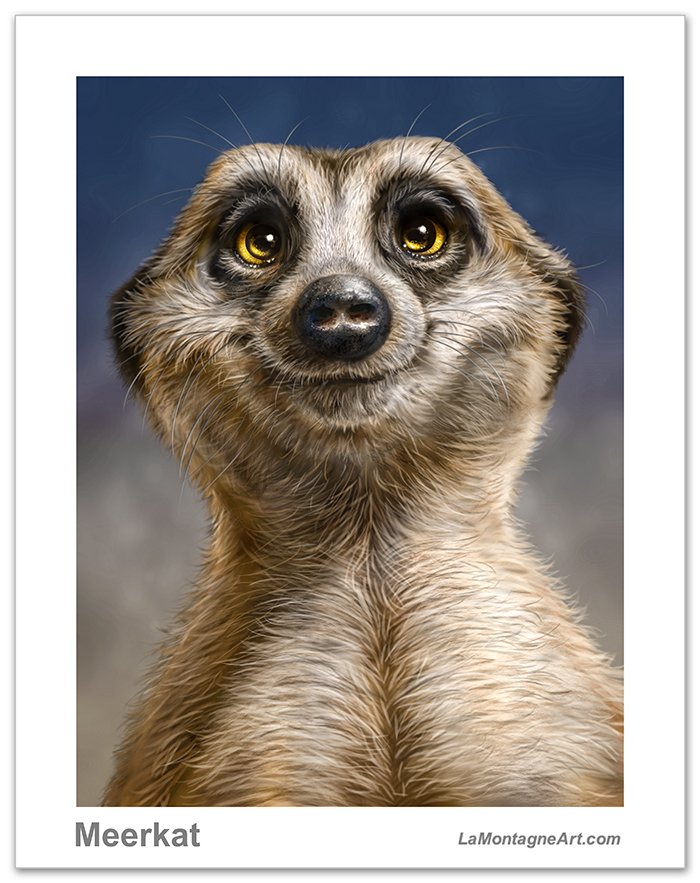
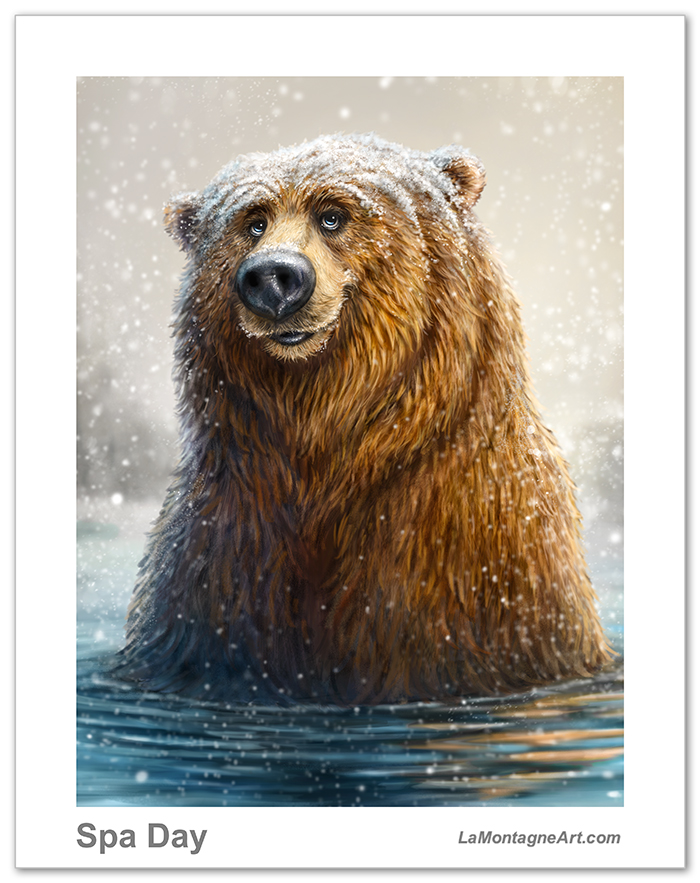

 At the Banff Christmas Market late last year, I received several requests for a Highland Cow painting.
At the Banff Christmas Market late last year, I received several requests for a Highland Cow painting.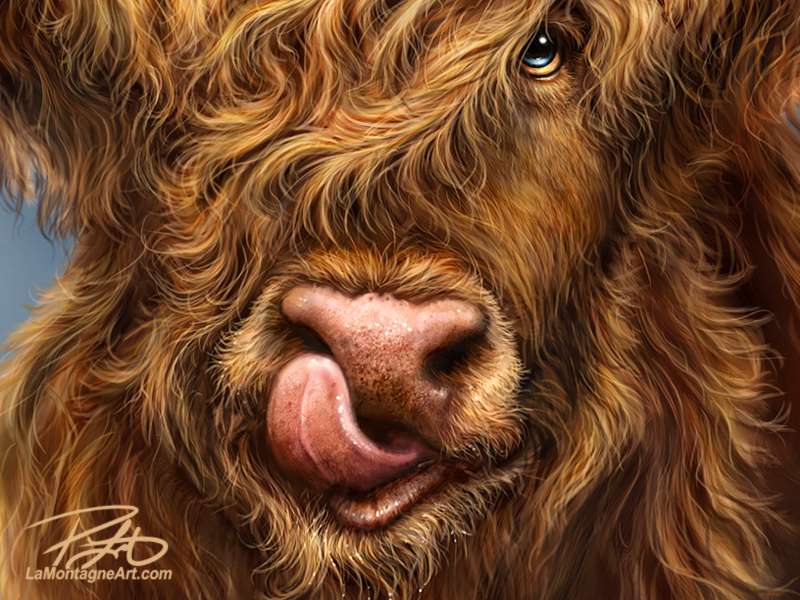 And still, every painting comes with challenges and choices.
And still, every painting comes with challenges and choices.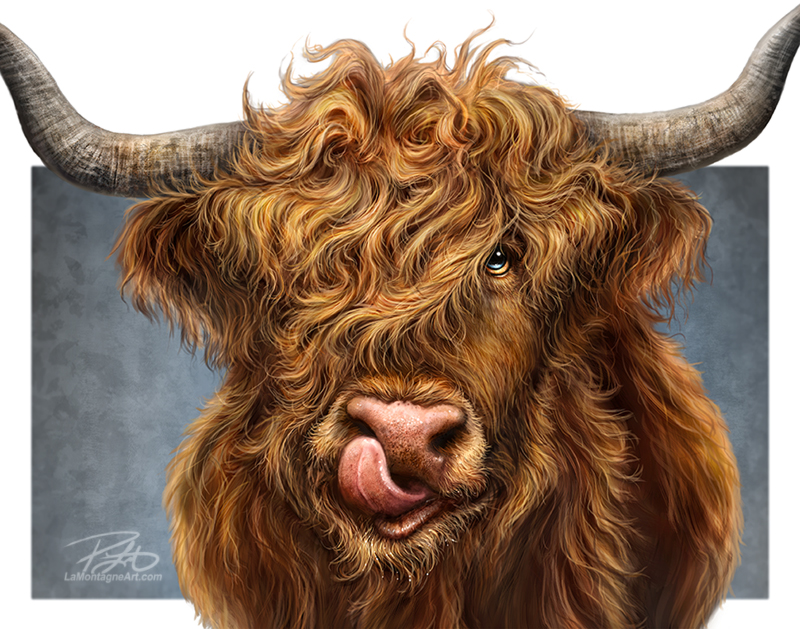
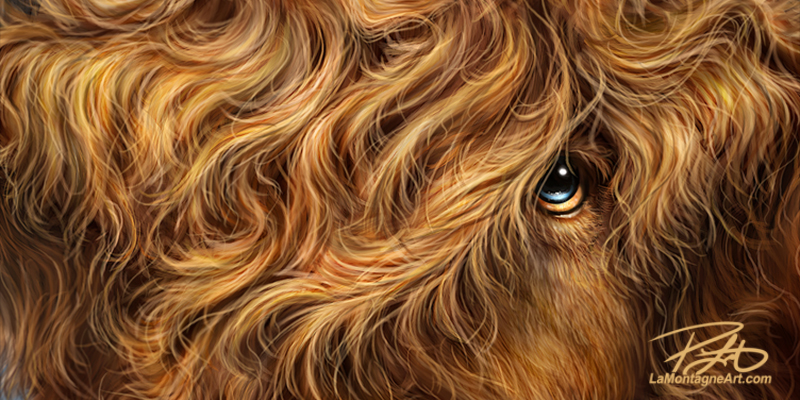 I could have worked on this painting for another week, and nobody would know the difference but me. Eventually you just have to call it done, let it go, and start on another one.
I could have worked on this painting for another week, and nobody would know the difference but me. Eventually you just have to call it done, let it go, and start on another one.